Afro-Cuban Concerto (score & parts) - WW5
Composer: Coleman, Valerie
Publisher: Coleman Page
Edition: 62151
$54.99
for woodwind quintet: flute, oboe, clarinet, horn, and bassoon
by Valerie Coleman (b. 1970) - American composer and flautist
Afro-Cuban Concerto is a work that focuses on Afro-Cuban rhythms, the feel of Santeria worship, and the virtuosity of wind instruments (Santeria worship has its origins in the Caribbean and is based on the Bantu and Yoruba beliefs of Western Africa combined with elements of Roman Catholicism). Often mistaken for a 'neo-classic' work due to its harmonic structure, the essence within the Concerto is purely African and Cuban. All African-derived music has a basic structure from which all music from every genre (including classical) has benefitted. It is the feel of spirituality, passion, and rhythmic precisions that brings the essence of Afro-Cuban music to life in this piece.
As with virtually all of the composer's works, performers are encouraged to improvise when they have solos (within the Afro-Cuban vernacular for this work), and embellish when the mood hits.
For the first movement, Afro, the introduction represents the collective voice of worshippers within the Santeria religion. The introduction (played by the oboe and horn) is a call to worship, followed by the traditional 6/8 clave (meaning "key", it is the fundamental set of rhythms in Afro-Cuban music). The clave is the root of this movement and continues throughout the entire piece. At different times, each member within the ensemble takes a short solo that demonstrates a sense of improvisation over the constant clave.
The Vocalise beings as a prayer with the bassoon and horn blending a unison melody into a unique and soothing color. The habanera is marked through a little three-note motif that sustains the entire movement. The horn melody at the end of the work is a soaring melody that turns the prayer into a hot summer day in havana.
A powerful and brief tutti begins the Danza, with the flute solo promising a percussive and wild feeling throughout the piece. We hear the rhumba in its many variations under improvised sounding solos that give each wind instrument a chance to really cut loose, especially the bassoon. The last movement presents the biggest challenge for wind quintet, due to the quickness of the rhumba, and its demand for stability within layers upon layers of percussive rhythms. When stability is achieved, the repetitive rhythm takes on a life of its own, creating a sassy dance.

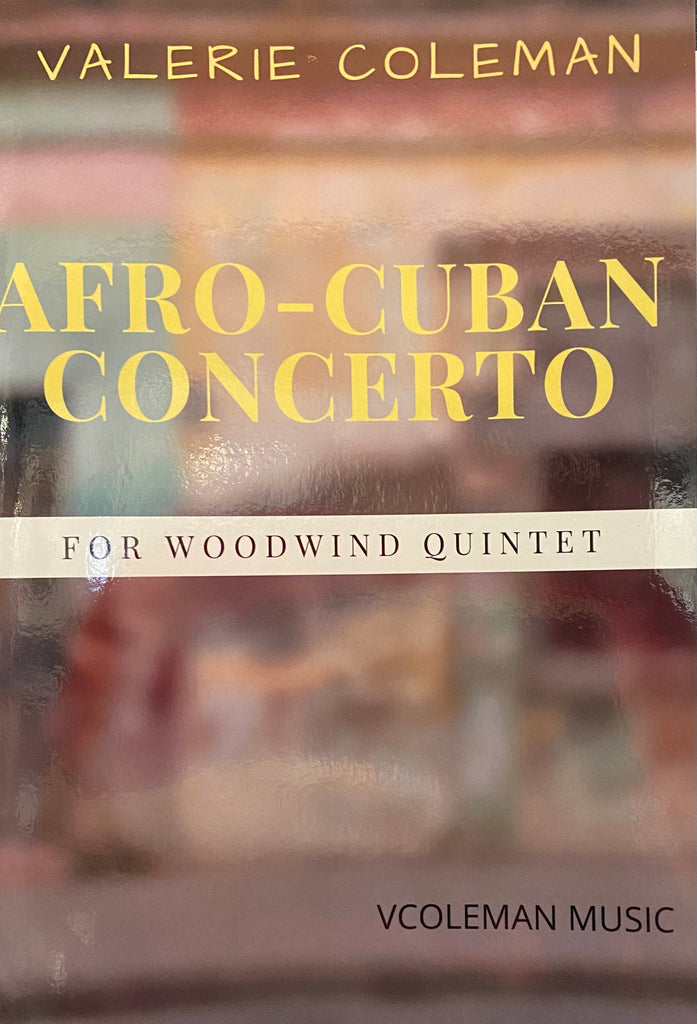
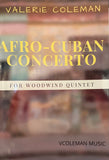
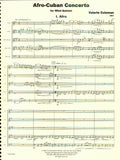
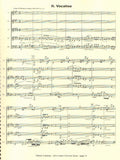
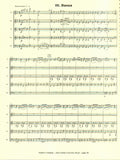
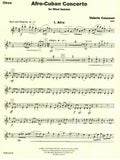
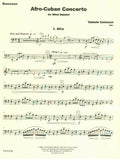
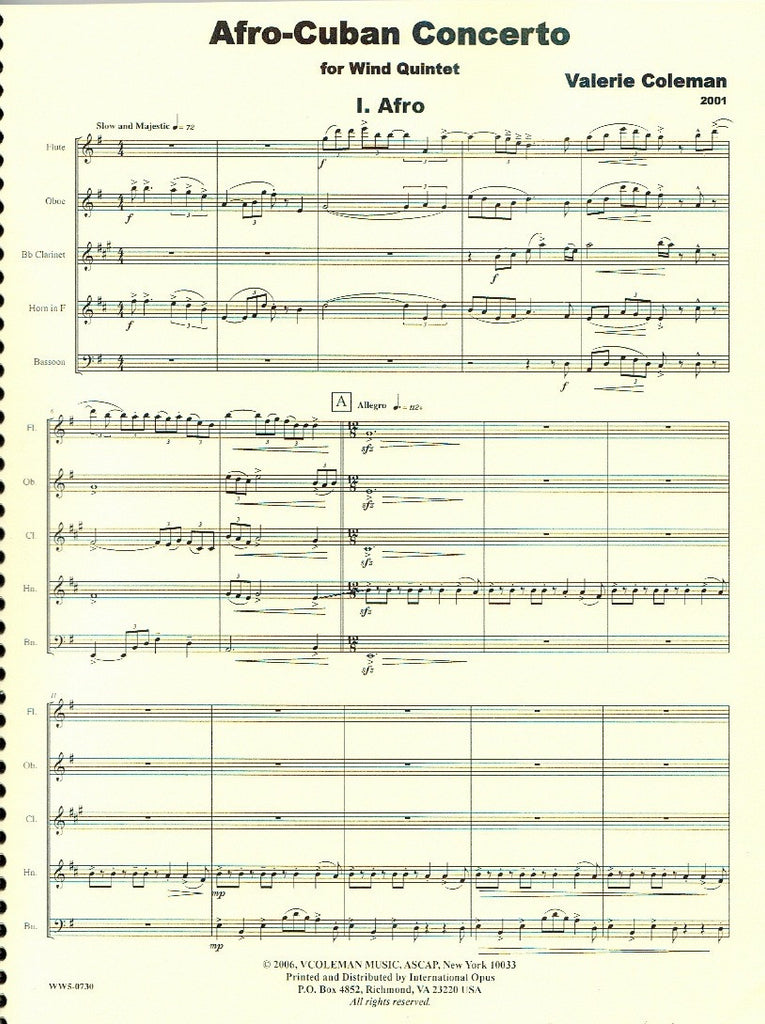
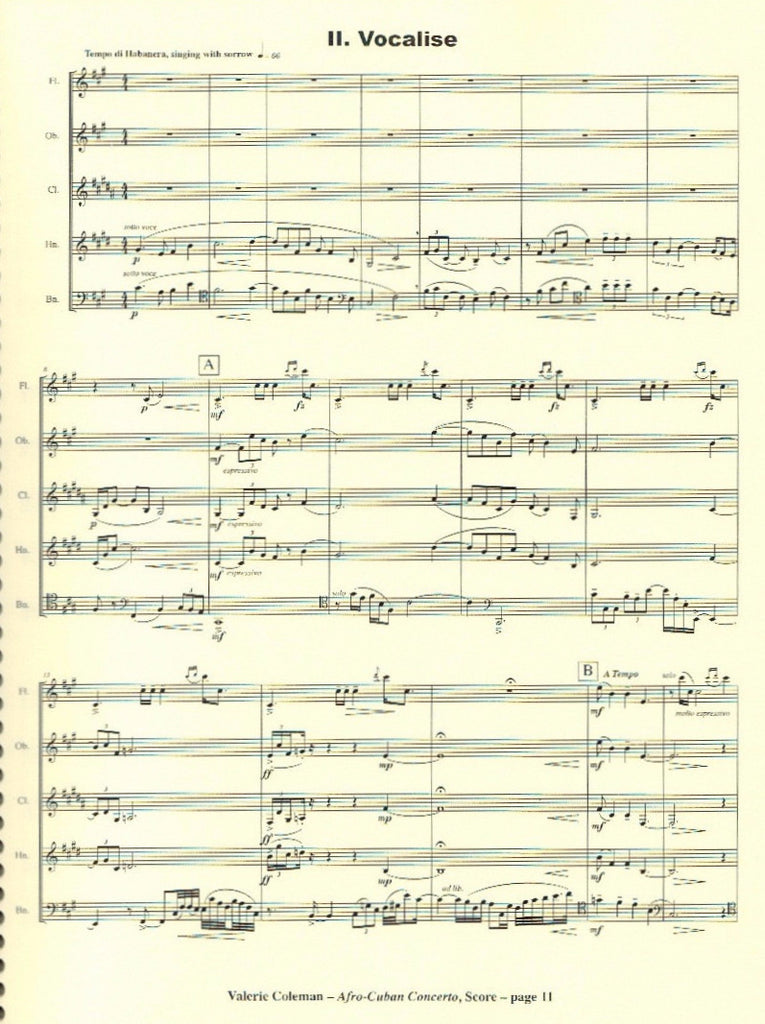
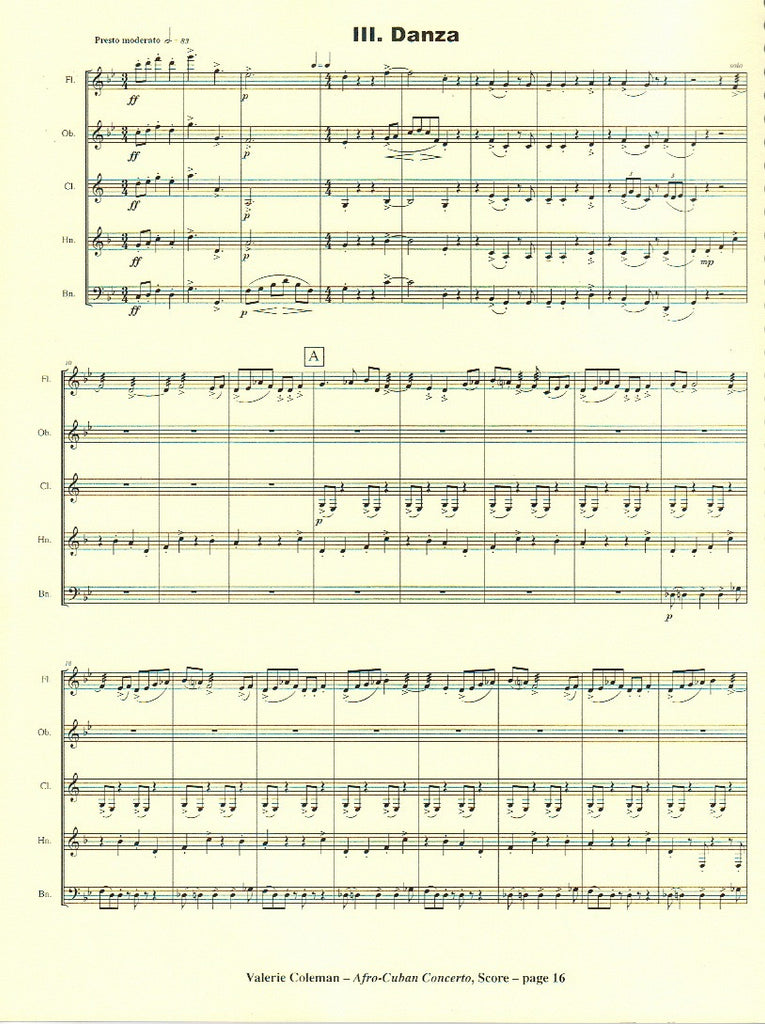
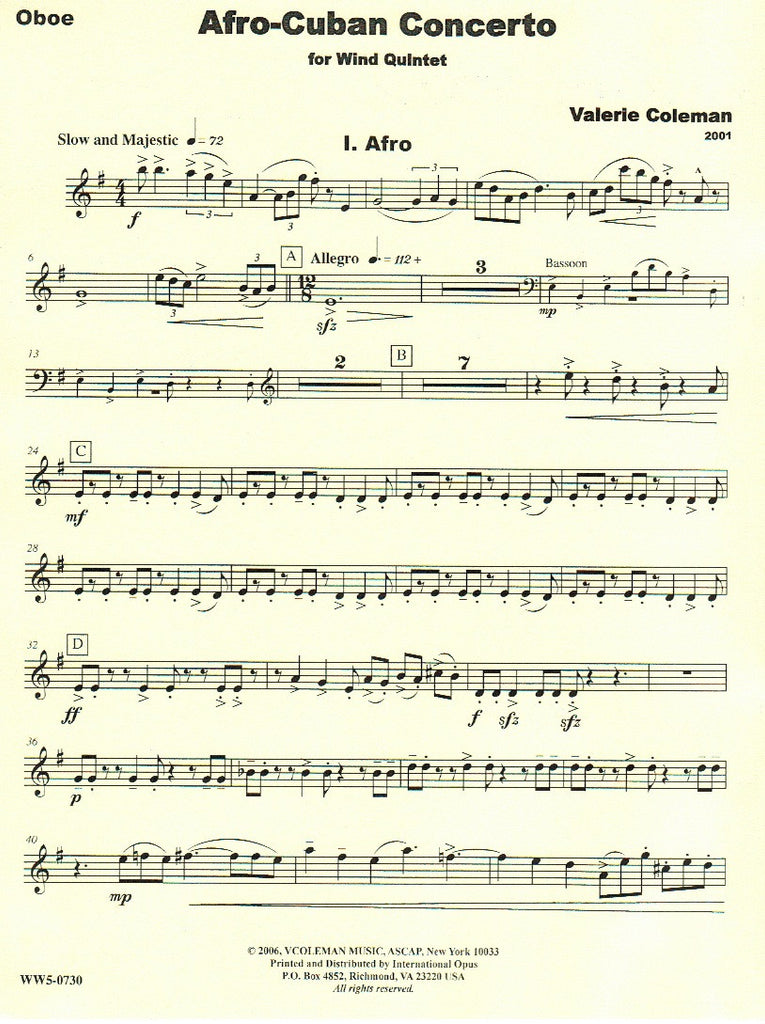
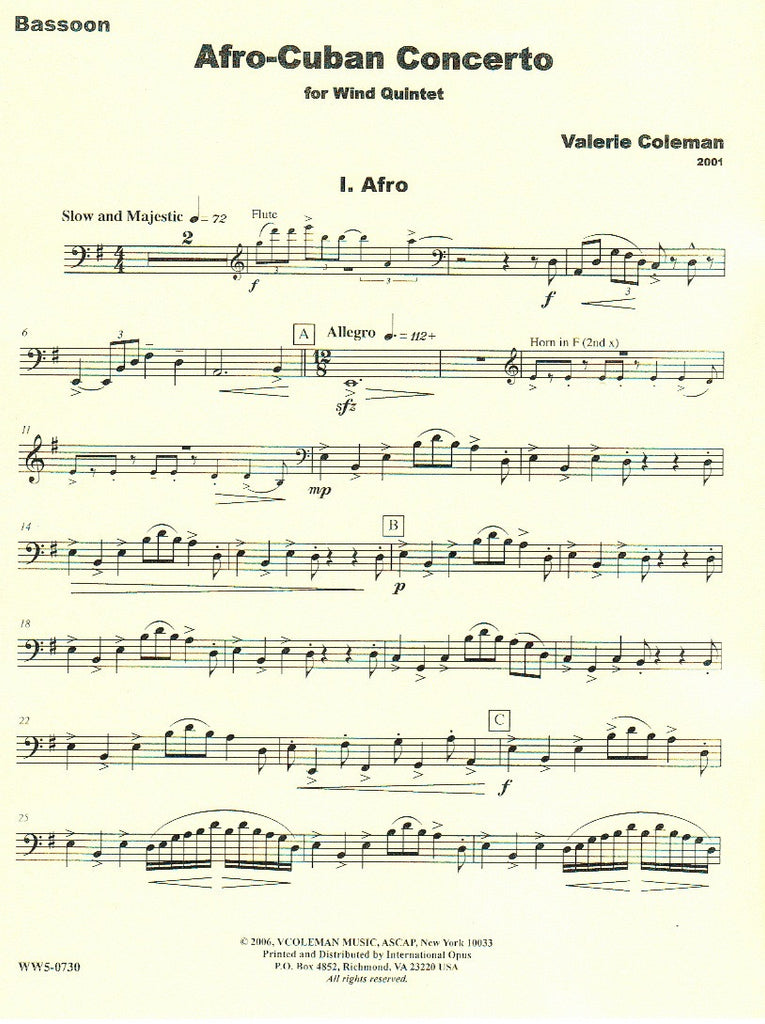
Share this item: